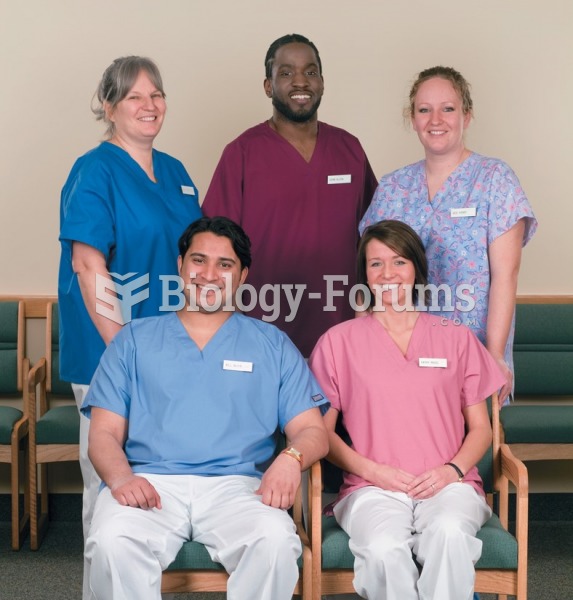Answer to Question 1
Correct Answer: 3
Rationale 1: Clean-contaminated wounds are surgical wounds in which the respiratory, alimentary, genital, or urinary tract has been entered. These wounds show no evidence of infection. A gastric resection would be included in the study.
Rationale 2: Clean-contaminated wounds are surgical wounds in which the respiratory, alimentary, genital, or urinary tract has been entered. These wounds show no evidence of infection. An uncomplicated abdominal hysterectomy would be included in the study.
Rationale 3: A breast biopsy is considered a clean wound. Clean wounds are uninfected wounds in which there is minimal inflammation and the respiratory, gastrointestinal, genital, and urinary tracts are not entered. Clean wounds are primarily closed wounds.
Rationale 4: Clean-contaminated wounds are surgical wounds in which the respiratory, alimentary, genital, or urinary tract has been entered. These wounds show no evidence of infection. A lung resection would be included in the study.
Answer to Question 2
Correct Answer: 2, 3, 4
Rationale 1: Never mix medications into foods that are essential, as the infant may associate the food with an unpleasant taste and refuse that food in the future. Never mix medications with formula.
Rationale 2: Oral medications can be provided to a baby with the use of a nipple so that the baby sucks the medication.
Rationale 3: Oral medications can be provided to a baby with a syringe or dropper.
Rationale 4: Oral medications can be provided to a baby by placing a small amount of liquid medication along the inside of the baby's cheek and waiting for the infant to swallow.
Rationale 5: The mother should never be instructed to provide the baby with twice the amount of medication that is prescribed.







